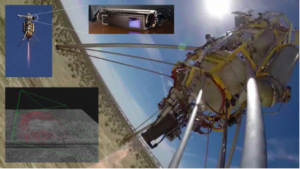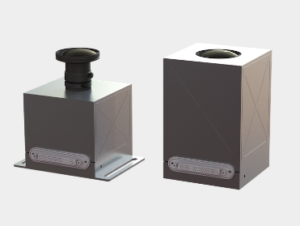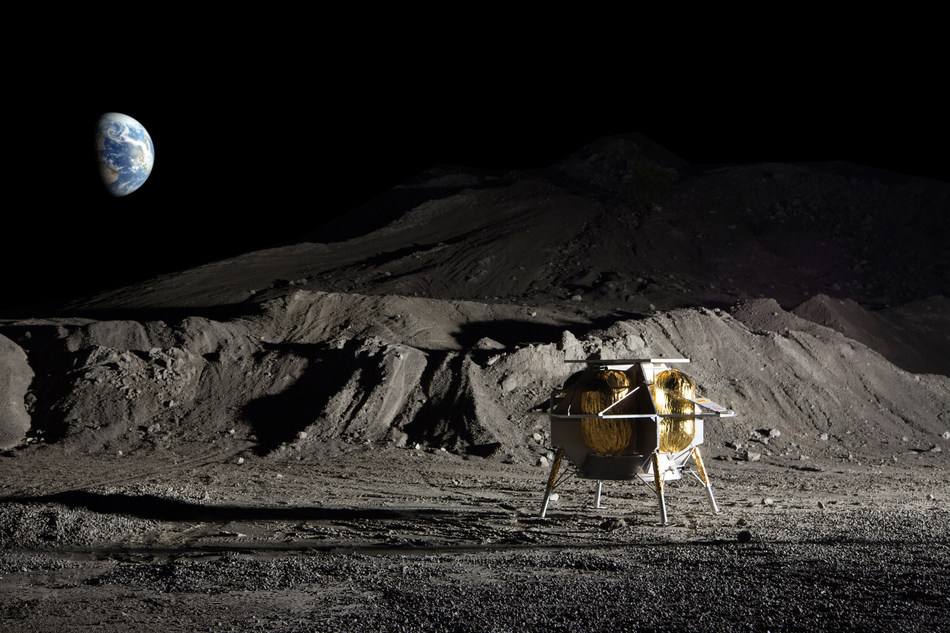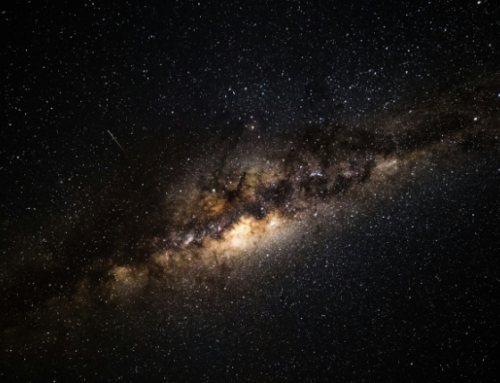The NewSpace sector is reinventing space exploration, premiering innovations that have the power to advance our presence in the solar system and our ability to travel farther than we could have imagined possible a mere decade ago. In the past few years, many private sector players have helped to revolutionize the industry. Now, the NewSpace sector is expected to reach over $1 trillion in value by 2040.
Since 2007, Astrobotic is one such leader who has helped drive innovation in the sector. A space robotics company, the organization’s mission is to make space accessible to the world. The team, first created out of Carnegie Mellon University, has created robotics including a line of lunar landers and rovers that will deliver payloads to the Moon for businesses, but also for social and scientific applications.
Currently, the company is developing advanced space robotics that includes terrain navigation, mobile robotics for Moon explorations, and reliable computing systems for critical space mission applications. Their projects are helping us to tackle some of the most revolutionary missions in space exploration history.
Future Missions & Tech
Astrobotic’s Future Missions and Technology (FM&T) team is working to create the space robotics technologies of tomorrow. From surface and subsurface robotics platforms, to precision landing and hazard detection systems, their innovations are pushing the boundaries of what’s possible in space. Some of the most important
Terrain Relative Navigation And Hazard Detection: Visual terrain relative navigation (TRN) and LiDAR-based hazard detection ensure precise and safe planetary landings on future trips to the Moon, Mars, and beyond. Astrobotic was the first commercial company to use TRN and hazard detection to guide suborbital launch vehicles to a safe landing site. Today, the team is constantly working to minimize its size, weight, power, and cost. The TRN system won a NASA Tipping Point contract and will fly to the Moon aboard Astrobotic’s Peregrine lander in 2021. In 2023, both the TRN and hazard detection systems will be implemented in NASA’s VIPER rover landing at the south pole of the Moon aboard Astrobotic’s Griffin lander.

(Original Image from Astrobotic.com)
In-Space Visual Navigation Hardware and Software: Astrobotic has also innovated mission critical technologies that will be crucial to our exploration of other celestial bodies. UltraNav is a smart camera that is used for these next-generation space missions. It’s compact size, low weight and power system includes an integrated hardware suite that has accelerated algorithms that support a variety of in-space applications like docking, automated rover navigation and precision planetary landings. It can facilitate capabilities like TRN, mapping and 3D reconstruction and object recognition. The team at Astrobotic also ensured that the UltraNav system could either be packaged as a solo sensor or part of a larger navigation system which can be customized with mission-specific programming and used with a wide range of spacecraft including human landers and satellites.

(Original Image from Astrobotic.com)
Mission Planning Software: The team at Astrobotic has also developed software for developing rover missions. Their software provides a graph-based user interface for space engineers and scientists to interact and explore different landing scenarios at various landing sites. They can also test out mission durations and safety margins with the application. The software also implements thorough and efficient route-planning optimization algorithms that consider risk specifications, time-varying conditions, rover capabilities (re: energy requirements), and science objectives. But the technology is resourceful for practical uses on Earth, too. Strategically, the software can also be applied to spatiotemporal planning goals in fields such as agriculture, mining and aerial surveying of the Earth.

(Original Image from Astrobotic.com)
Always ahead of the innovation curve, Astrobotic is building a full-scale portfolio of technologies that will help us reach even deeper into space. As we use these innovations for increasingly practical applications in space exploration, they have the promise of helping us envision a future where tens of thousands of humans are actively present beyond Earth.






